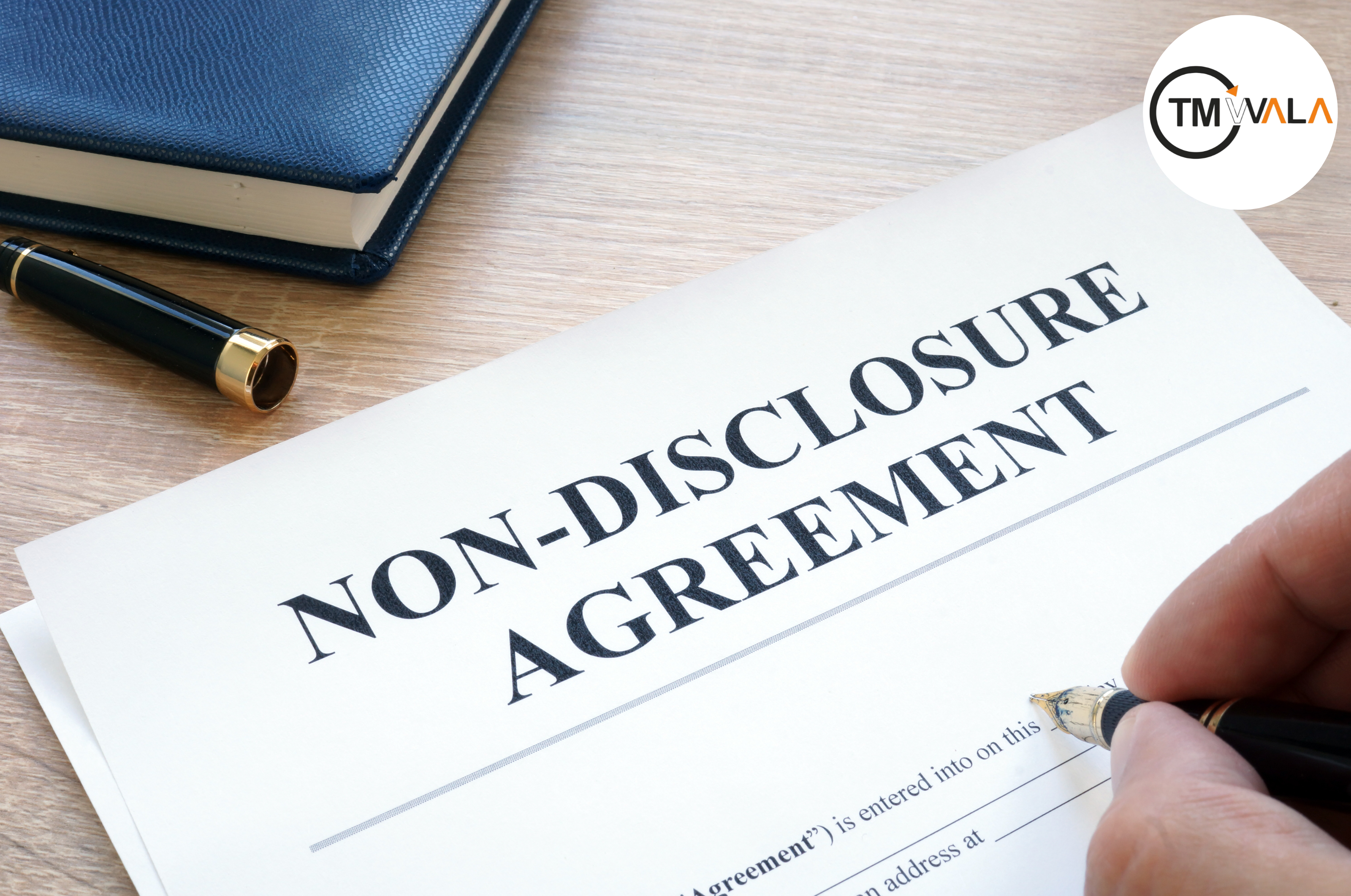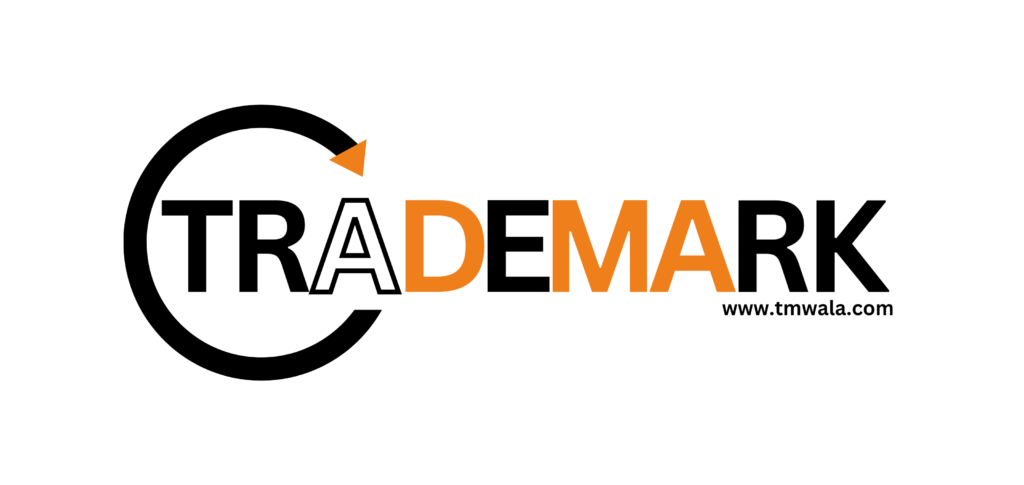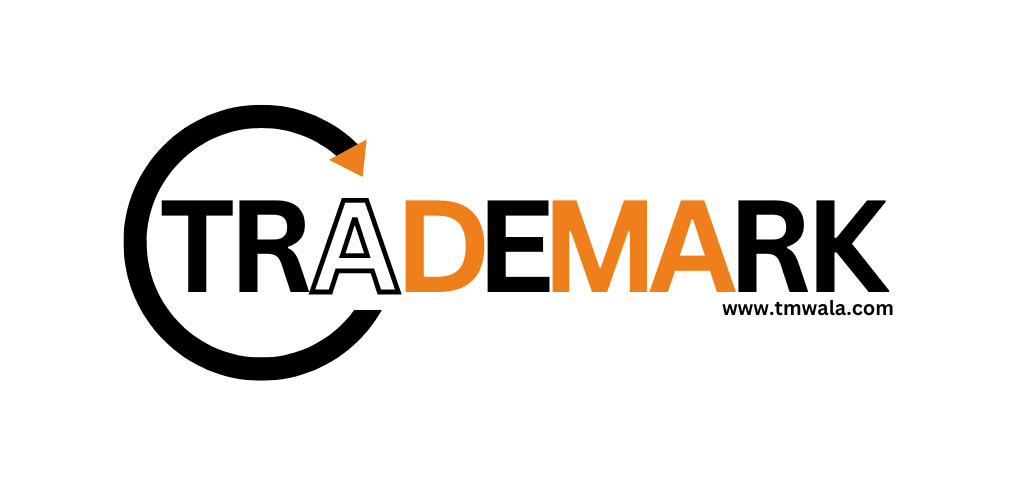WHAT ARE NON-DISCLOSURE AGREEMENTS?
NDAs, or Non-Disclosure Agreements, are legally enforceable contracts that create a confidential relationship between a person who has sensitive information and a person who will gain access to that information. These agreements delineate key details, including the identities of the information owner and recipient, as well as the specific purpose for disclosing the information. Moreover, NDAs explicitly define the scope of confidential information, specifying what constitutes proprietary data.
TYPES OF NDA’S:
NDAs can be unilateral, mutual, or multilateral.
- Unilateral NDA: This is a one-way agreement, where only one party (i.e., the disclosing party) anticipates disclosure of confidential information to the other party (i.e., the receiving party) and requires that the information be protected from further disclosure.
- Mutual NDA: This is a two-way agreement, also referred to asa bilateral NDA, where both parties anticipate disclosing information to one another, and each intends to protect their information from further disclosure.
- Multilateral NDA: This describes a transaction in which three or more parties are involved and where at least one of them anticipates sharing sensitive information with the others, therefore protecting the information from further disclosure.
KEY CLAUSES OF NDA:
- Identification of Parties: A nondisclosure agreement specifies who and/or what is involved in the contract.
- Definitions: The NDA’s information usage section outlines the types of information covered by the agreement and explains how they are handled.
- Obligations: Describes the consequences and expectations regarding the agreement.
- Scope: For an NDA to be enforced, its scope must be clearly defined. It would not be legal to use terms like “proprietary information” in a legal setting since they are not specific enough. It is important to outline what specific information is covered in the scope of the NDA.
- Time Frame: It is often required that sensitive information be kept secret for a specific amount of time in confidentiality agreements, and many of these agreements explicitly state the number of years that must pass.
- Return of Information: In an NDA, the recipient of sensitive information may be required to confirm that it has been returned or destroyed following the conclusion of business between the parties.
- Exclusions: A confidential disclosure is not required for the following types of information: public knowledge, previously disclosed details, or information disclosed before entering a financial or business relationship with a company.
- Remedies: For infringement of copyright, patent, or trademark, actions may include restraining orders, damages, and other actions.
TIME PERIOD IN NON-DISCLOSURE AGREEMENT
1. Period of Exchange: This typically refers to the duration for which information is shared or exchanged between the parties involved. It starts when one party begins disclosing confidential information to the other and usually ends when the exchange of information concludes. This period may vary depending on the nature of the agreement and the specific terms outlined.
2. Period of Confidentiality: This refers to the duration for which the recipient of confidential information is obligated to keep that information confidential. It begins when confidential information is disclosed and continues for a specified period after the termination or conclusion of the agreement. The duration of confidentiality is usually specified in the NDA and can range from a few years to indefinitely, depending on the sensitivity of the information.
BENEFITS OF SIGNING A NON-DISCLOSURE AGREEMENT
1. Confidence in Sharing: NDAs provide confidence to share sensitive business information by legally requiring the other party to protect disclosed trade secrets, ensuring information security, and maintaining business reputation.
2. Control Over Use: The disclosing party can specify how and under what circumstances the information can be used, preventing its unauthorized or improper use.
3. Legal Protection: NDAs outline legal repercussions for breaching confidentiality, serve as a deterrent against unauthorized disclosure, and ensure accountability.
4. Secure Business Relationships: Bilateral NDAs reassure both parties that their information is protected, fostering trust and enabling mutually beneficial business growth.
APPLICATIONS OF NON-DISCLOSURE AGREEMENT
1. Employee NDAs: Employers use NDAs to protect confidential information shared with employees during their tenure.
2. Business Partnerships: Companies entering partnerships often sign NDAs to safeguard sensitive information exchanged during negotiations or collaborations.
3. Freelancers and Contractors: Freelancers and contractors sign NDAs before starting work to ensure the confidentiality of client information and project details.
4. Investor Relations: Startups and businesses seeking investment use NDAs to protect their intellectual property and financial information during discussions with potential investors.
5. Service Providers: Service providers like IT consultants, marketing agencies, and manufacturers sign NDAs to ensure the confidentiality of client data and proprietary processes.
NON-DISCLOSURE AGREEMENT ‘NOT’ TO BE USED
Non-disclosure agreements, or NDAs, are not usually utilized for the following situations:
1. Non-compete clauses: While non-disclosure agreements (NDAs) concentrate on safeguarding secret information, non-compete clauses explicitly prohibit parties from engaging in comparable enterprises or occupations within a certain geographic area for a predetermined amount of time. Usually, these are distinct agreements.
2. Transfer of intellectual property: In general, ownership of intellectual property (IP) rights is not transferred by NDAs. IP assignments or agreements are utilized for such.
3. Financial obligations: Payment terms and breach penalties are not intended to be specified in NDAs. These are governed by different contracts or terms of service agreements.
4. Employee-employer relationships: NDAs are utilized in certain situations, such as between employers and workers, but their main objective is to maintain confidentiality and not on other aspects of the employment relationship like job roles, responsibilities, or benefits.
SCOPE OF NDA’s IN INDIAN JURISPRUDENCE
Under Section 27 of the Indian Contract Act, 1872, agreements that restrict lawful professions, trades, or businesses are deemed void. Indian jurisprudence has extensively examined non-disclosure agreements (NDAs) to ensure they comply with this provision. It’s crucial for parties drafting NDAs to ensure their restrictions are reasonable to avoid potential invalidation by courts, as seen in Indian judicial precedents clarifying the NDA’s scope.
LIMITATIONS OF NON-DISCLOSURE AGREEMENT
1. Enforcement Challenges:
– Difficulties arise if information is already disclosed or if the NDA scope is overly broad.
– Proving damages or obtaining injunctions for NDA breaches can be challenging.
2. Public Interest:
– NDAs cannot prevent disclosure of information in cases of illegal activity, public health and safety issues, or government transparency.
3. Limited Protection:
– Only information explicitly defined in the NDA is protected.
– Information not covered or disclosed in non-prohibited ways may not be safeguarded.
4. Time-Limited Protection:
– NDAs offer protection for a specific duration.
– Information may become non-confidential and freely disclosed after the NDA expires.
5. Jurisdictional Limits:
– Governed by specific jurisdictional laws.
– Enforcing NDAs across different jurisdictions can be complex.
6. Reputation Risks:
– NDAs may lead to negative publicity if perceived as covering up misconduct or silencing victims.
7. Interpretation Challenges:
– Ambiguities in NDA language can lead to disputes over what constitutes confidential information.
8. Employee Mobility:
– NDAs may restrict employees’ future job opportunities or career advancement due to confidentiality obligations.
9. Contractual Compliance:
– Maintaining compliance with NDA terms requires ongoing diligence from all parties involved.
NON-DISCLOSURE AGREEMENT: FAQ
1. What is a Non-Disclosure Agreement (NDA)?
– A Non-Disclosure Agreement (NDA) is a legally binding contract that establishes confidentiality obligations between parties. It prevents one or both parties from disclosing confidential information shared during a business relationship or transaction.
2. When should I use an NDA?
– NDAs are typically used when disclosing sensitive information that you wish to keep confidential, such as trade secrets, proprietary information, business strategies, or client data. They are common in business negotiations, partnerships, employee agreements, and vendor relationships.
3. What information can be protected under an NDA?
– NDAs can protect various types of information, including trade secrets, financial information, customer lists, product designs, marketing strategies, and any other confidential or proprietary information that is not publicly known.
4. Do NDAs have expiration dates?
Yes, NDAs typically specify a duration of confidentiality. This can range from a specific number of years to indefinite trade secrets. Once the confidentiality period ends, the information may no longer be considered confidential.
5. What happens if someone breaches an NDA?
– If a party breaches an NDA by disclosing confidential information without authorization, the non-breaching party can pursue legal remedies. This may include seeking damages for financial losses, obtaining an injunction to prevent further disclosure, or other appropriate legal action.
6. Can NDAs restrict disclosures in the public interest?
– No, NDAs cannot prevent disclosures that are legally required (e.g., by court order) or disclosures that are in the public interest (e.g., to report illegal activities, protect public safety, or comply with government regulations).
7. Are NDAs enforceable internationally?
– Enforcing NDAs internationally can be complex due to differences in laws and legal systems between countries. It’s important to specify jurisdiction and governing law in the NDA to clarify how disputes will be resolved.
8. Do NDAs cover all types of information?
– NDAs only cover information that meets the criteria specified in the agreement as confidential. Information that is already publicly known, independently developed by the receiving party, or disclosed without restrictions is typically not protected under the NDA.
9. Should I have an attorney review an NDA before signing?
– Yes, it’s advisable to have a qualified attorney review an NDA before signing to ensure that your rights and interests are adequately protected. Legal advice can help clarify terms, assess potential risks, and negotiate favorable terms if needed.
10. Is there is difference between “Period of Exchange” and “Period of Confidentiality”?
Yes, while the “period of exchange” focuses on when information is actively being shared or exchanged, while the “period of confidentiality” focuses on how long the recipient must maintain the confidentiality of the information after it has been disclosed
These FAQs provide a foundational understanding of NDAs and their implications. For specific situations or legal advice regarding NDAs, consulting with a legal professional is recommended.














